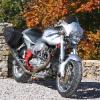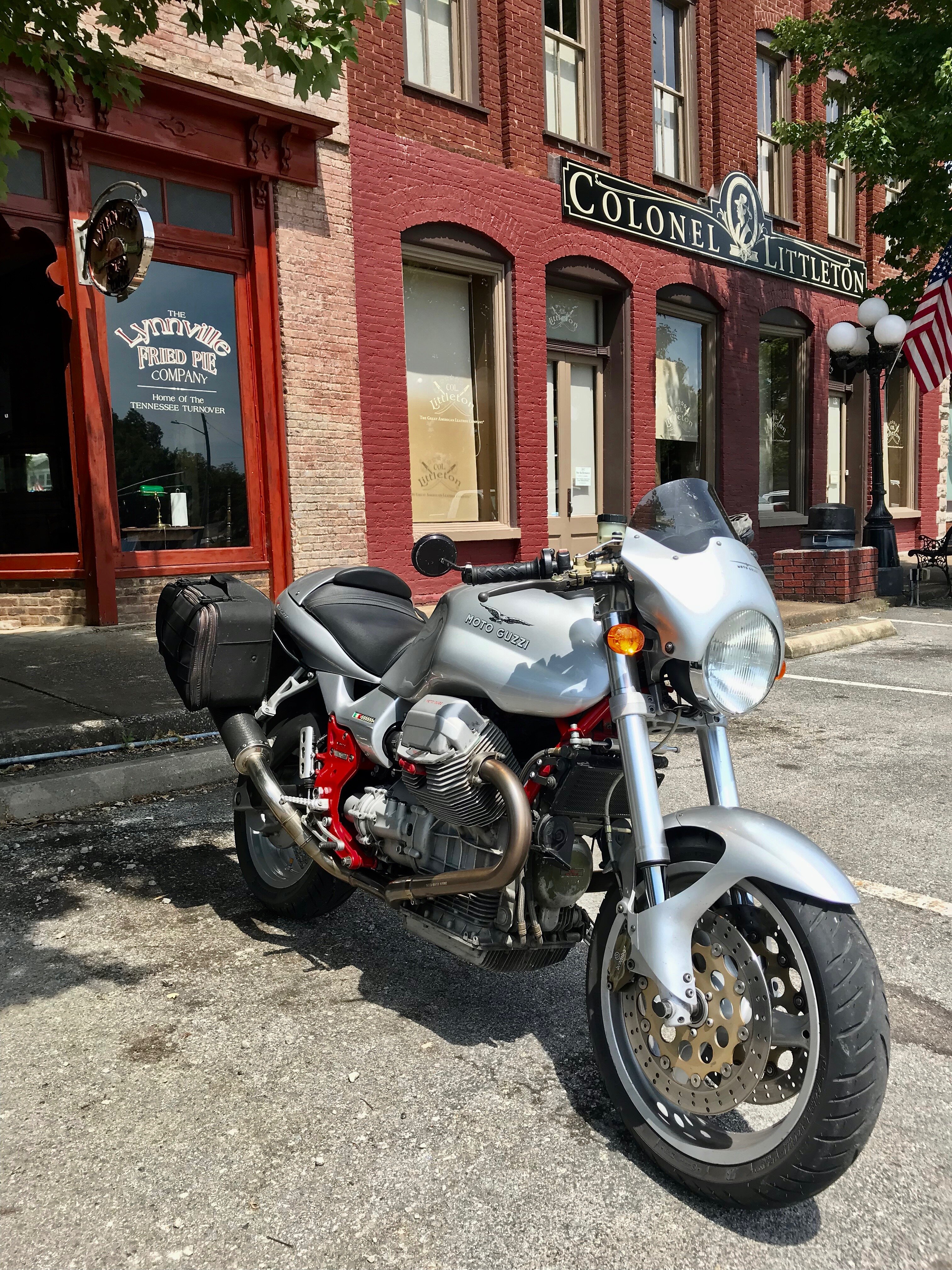-
Posts
19,906 -
Joined
-
Last visited
-
Days Won
1,130
Content Type
Profiles
Forums
Events
Gallery
Community Map
Everything posted by docc
-

ANSWERED V11 for sale online/ Craigslist and all others
docc replied to chamberlin's topic in 24/7 V11
I was just being snarky. The Ballabio/LongFrame/long tank was not built in 1999. They were all 2003-2004, IIRC. It is always concerning, IMO, when an ad has such a glaring error. -

ANSWERED V11 for sale online/ Craigslist and all others
docc replied to chamberlin's topic in 24/7 V11
Rare Ballabio from 1999 . . . -
Look for this Hawker Odyssey nomenclature change: ODS-AGM15L https://www.odysseybattery.com/products/ods-agm15l-battery-pc545/ [edit: Last four posts moved here for clarity and continuity.]
-

Our forum, the only place I can share (MPH)
docc replied to LaGrasta's topic in Special place for banter and conversation
The more pertinent question might be, "How much distance gets covered?" Say, from a US Interstate "typically tolerated" 80 mph to 130 and back down to 80: Just bench racing the V11, I figure that could take 30 seconds, maybe more. So, nearly a mile. (Check my work . . .) That'd be one flyin' mile! -
Thanks for posting that link, @GuzziMoto. I pinned that thread in "How to . . ."
-
Man, I would so re-seat that left throttle body into the intake rubber and restart, if even briefly. The very low idle from the dislodged throttle body could be all there is to the oil light. My recent Horrible Noise Story: At the Kentucky SpineRaid, I had (somehow) mis-set my new TPS (like nine steps off on the map, 95 mV instead of 157). At idle the beating, banging mechanical noise was deftly disturbing. At start-up to head home, @kalev11's eyes got wide. He said some thing like, "I hope you actually get back home." Turns out, with the TPS indexed that far off, the battering of the motor trying to run was alarming. While this case is not the same, a throttle body off its runner could be the culprit . . .
-
I suppose I prefer posting technical inquiries in dedicated, specific topics. That often will focus comments and links and help clarify our knowledge base. It takes a bit longer for the poster to find a starting point, but I think the outcome is more valuable. Often, someone will bring back an old thread and it gets refreshed with newer discoveries and the comments of newer members. Those "on-topic" threads are great resources for trying to learn some particular aspect of these V11. Just my opinion. Y'all carry on . . .
-
I hate these perpetual drift threads. Hate 'em. Find nothing/go nowhere. "Whatever" . . .
-
Later tanks fit the 2002 LongFrame. Yet, plan on changing the fuel line routing as you will remove your external pump and filter and plumb the internal pump/filter/regulator of the long tank that has the smooth top (no "chin pad").
-
I've fallen for that, myself . . . If your battery is a Hawker Odyssey PC545 (OEM of the V11 OE Spark 500), they can often be conditioned rather than replaced: [edit/ June 26, 2023: Moving battery related posts to the correct thread.]
-

Our forum, the only place I can share (MPH)
docc replied to LaGrasta's topic in Special place for banter and conversation
Occasionally, a casual admirer will ask how fast mySport will go. I've grown fond of replying, "I've never seen the speedomoter over 135 ." (mph, of course.) I never said I've seen it that fast, just never over . . . -
Baffling? Is that an Italian word?
-
It would be someone's great find to locate a source for the mounting block complete with the receptacles . . .
-

Guzzi Porn (Suitable for work lol)
docc replied to Randy's topic in Special place for banter and conversation
Gorgeous! That is @knumbnutz avatar. Maybe he knows of this bike? https://www.v11lemans.com/forums/profile/10277-knumbnutz/ -
Haha, "the fourth last " is a new phrase for me and I misread it. Measuring some relay spades and looking at the mounting block, it appears the two parallel slots (I know they have numbers) are 6.3mm and the three parallel slots are 4.8mm . . .
-
Taking this thread back on topic . . . When you can (if you will), @swooshdave, work your magic on mySport:
-
Okay, I see that in your spec sheet link as the ninth group down, but not the last. Is part number 1 901 355 975 correct for all positions under the relay? [edit: It appears the three connections next to one another are more likely 4.8 mm while the other two parallel connections are the 6.3mm . . .] 1 901 355 975 - Cable Connector
-
When my Bitubo leaked, I went without it for a while, but found I liked a little assistance (resistance?) in tight steering lock during parking maneuvers. The likelihood that a V11 would throw a wobble/tank slapper is rather slim. Lots of members have removed theirs with no ill effects. Too much damping and the V11 (especially the early ShortFrame) can suffer from high speed weave (very different from "wobble"). The early Sports were known for this and my dealer advised to set the damping to minimum. [edit: I found the weave to be multi-causal and solved it with suspension changes, sag set-up, tire type/pressure selection. Very early RedFrames had carry-over triple trees that can be problematic.] HyperPro offers a selection of dampers that fit (I'll look for that thread). We have another, highly contentious, one thousand three hundred seventy-two posts/ 115 page thread that ended locked, a member ejection, two other members leaving, and the forum being put on probation. We are passionate beings about things like damping, you know . . .
-
I can't see that the last entry on that product sheet is the correct female spade sockets that lock into the relay block. Perhaps the eighth line? Flachsteckhülse (blade receptacle) 6,3 0,8 1,0 – 2,5 CuZn/blank 100 8 784 477 008
-

Guzzi Porn (Suitable for work lol)
docc replied to Randy's topic in Special place for banter and conversation
That color combo always gets me thinking of putting a leather seat on my Sport and mounting a Stucchi flyscreen in that delicious "Tenni" green . . . -
Who has a source for the correct female electrical connectors that lock into those blocks?
-
Specific seal damage/tear on the Metri-Pack 3-position connector seal from my TPS next to a new seal (the damaged seal on my TPS Casper's Breakout Harness looks similar):




